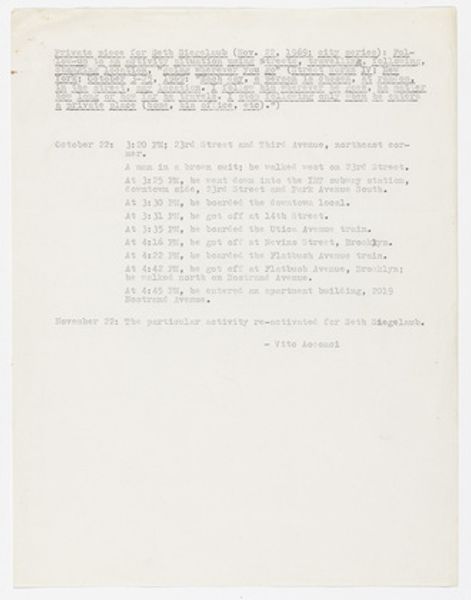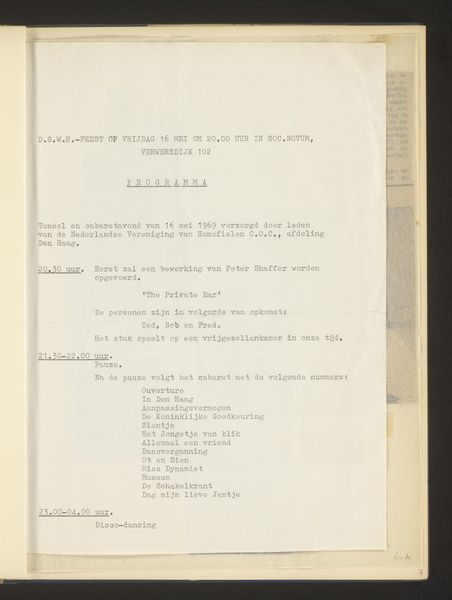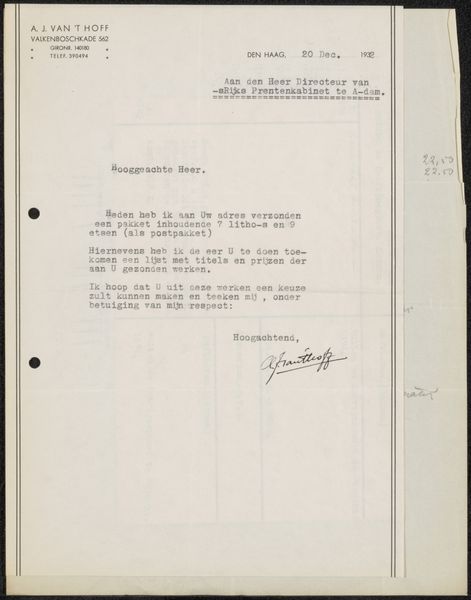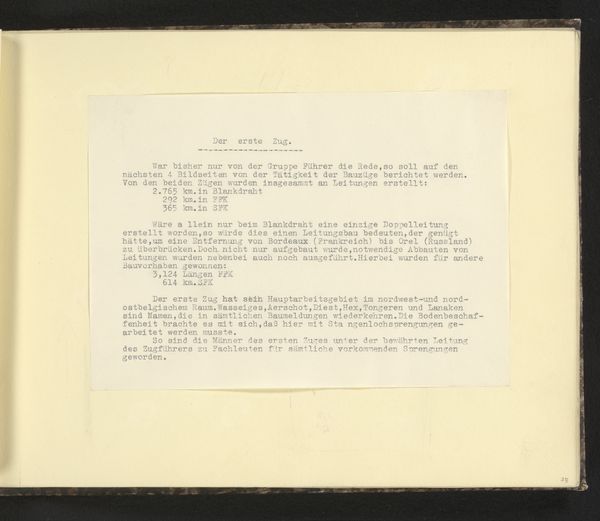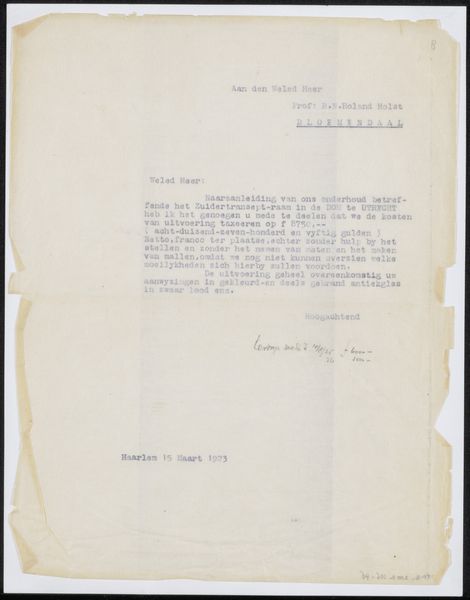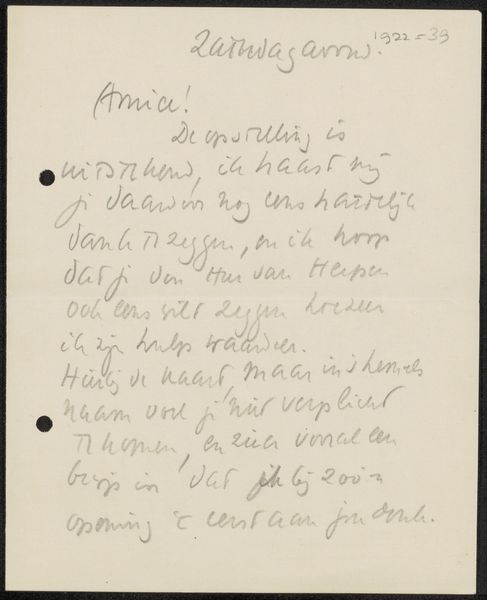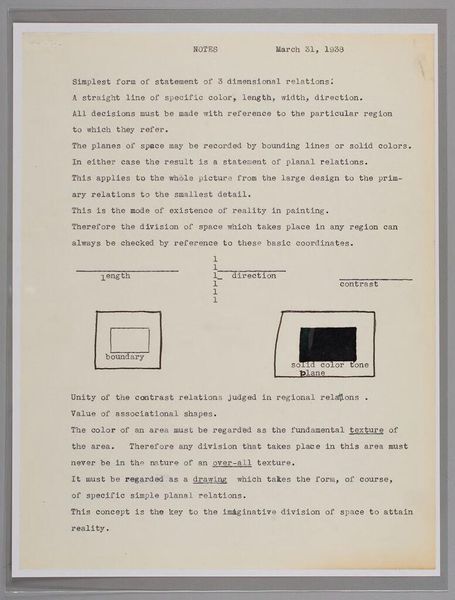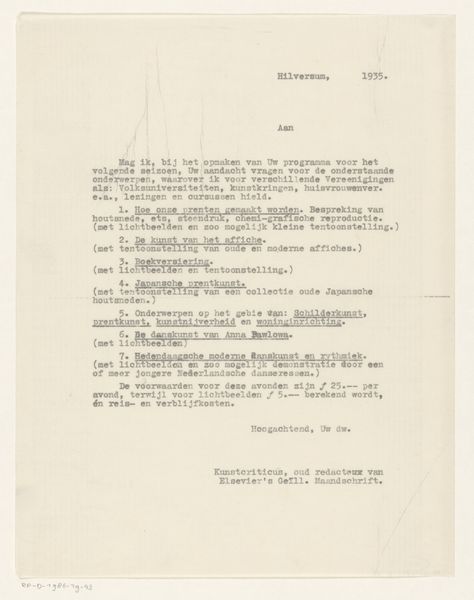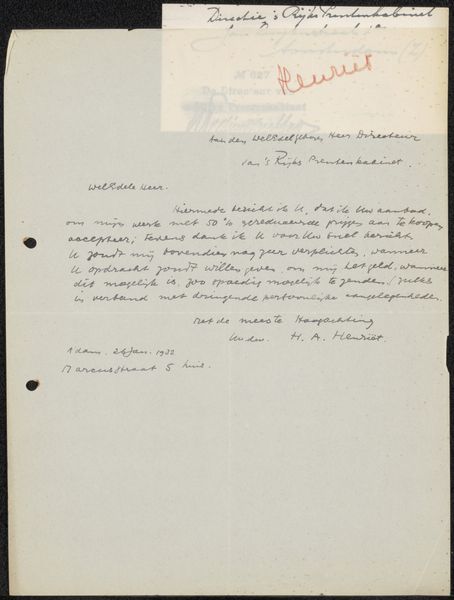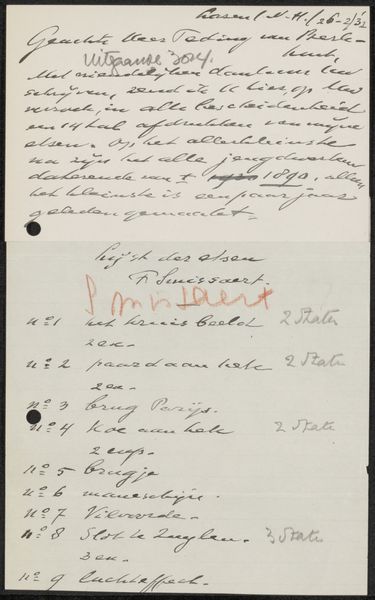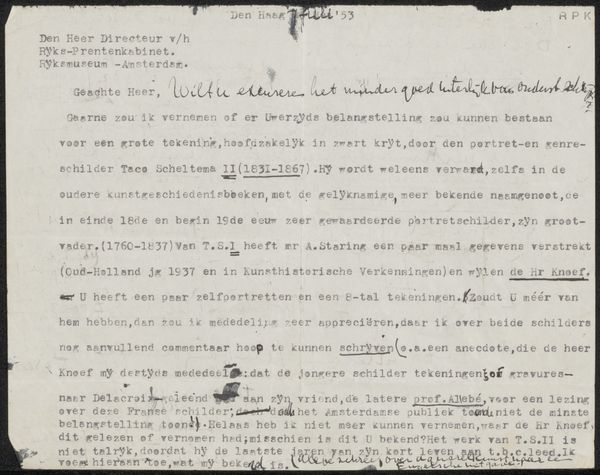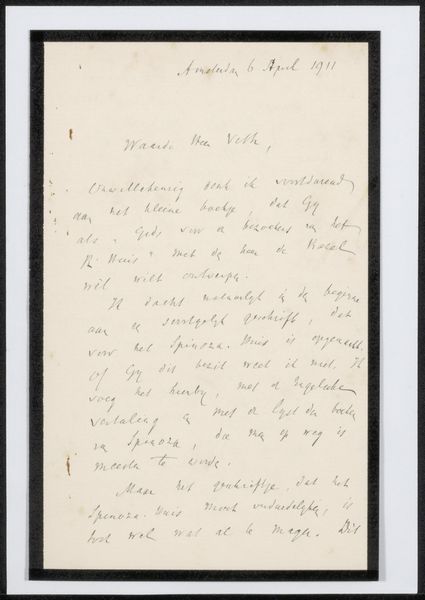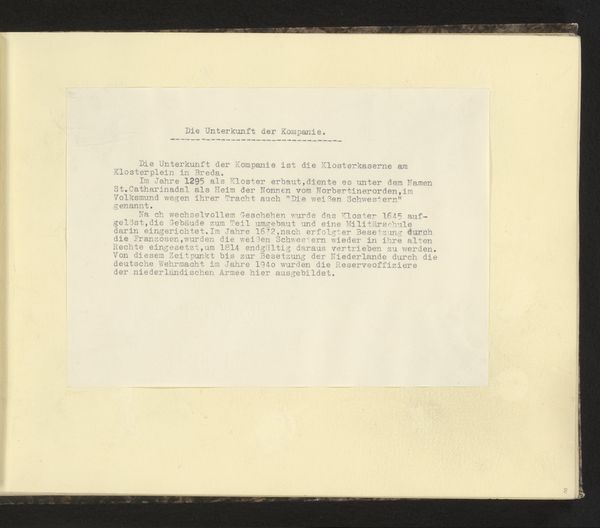
Page of Proposal for Lighting Fixtures 1911
0:00
0:00
drawing, graphite
#
drawing
#
aged paper
#
yellowing background
#
parchment
#
colourisation
#
old engraving style
#
hand drawn type
#
tea stained
#
fading type
#
united-states
#
warm-toned
#
graphite
#
golden font
Dimensions: 13 x 8 3/8in. (33 x 21.3cm) (each sheet)
Copyright: No Copyright - United States
Curator: Here, hanging delicately on the wall, we have "Page of Proposal for Lighting Fixtures" from 1911, credited to John S. Bradstreet and Company. It's graphite and ink on paper. What’s your first take? Editor: Okay, first thought? Ghostly shopping list meets Victorian contract. It's oddly intimate, like finding a faded love letter in a dusty attic, promising not roses but…ceiling lights. Curator: Precisely. Consider the socio-economic implications here. Electric lighting was transforming domestic spaces and lifestyles. This document isn't just a proposal; it signifies modernization, a move toward a different kind of domesticity. Editor: Oh, absolutely! It’s whispering, isn’t it? About shifting gender roles, perhaps? Suddenly the "laundry" having "two ceiling lights" isn't just practical—it's empowering someone in a space that probably wasn't always celebrated. Plus, the whole "subject to strikes, accidents" disclaimer gives a peek at early labor relations. Curator: Yes, and note the specification for a "gas bracket" alongside electric fixtures. It highlights a society in transition, hedging its bets between old and new technologies. Think about class too, the access to new technologies may depend on if you are a land owner, a renter or the landlord who dictates whether there'll be lighting in any space! Editor: Right. It's funny, in a slightly sad way, because we know so much more about light pollution now, and energy consumption. Like, back then it must have seemed endlessly progressive! We've burdened ourselves with lights. I can appreciate how far things have come, but is progress actually real? Curator: Your reflection reminds us that history isn't linear. That objects and materials evolve in relationship to human development. The work prompts us to analyze progress and its repercussions. What remains for me is the fragile survival of such a commonplace transaction. Editor: For me, it’s this…wistful notion that even something as mundane as lighting could ignite such possibilities—the promise of longer days, of illuminated potential…that, in itself, is kinda beautiful. Let there be light, indeed.
Comments
No comments
Be the first to comment and join the conversation on the ultimate creative platform.
